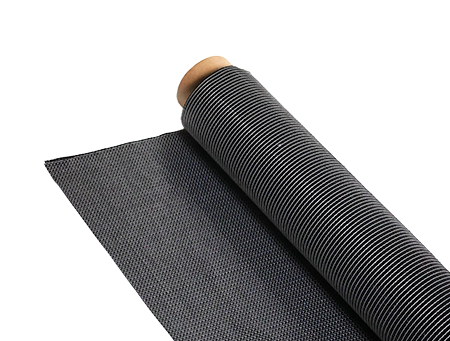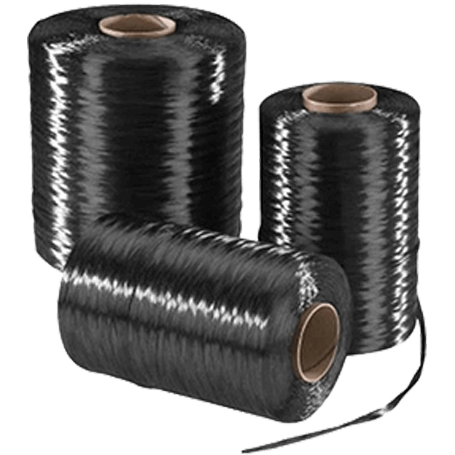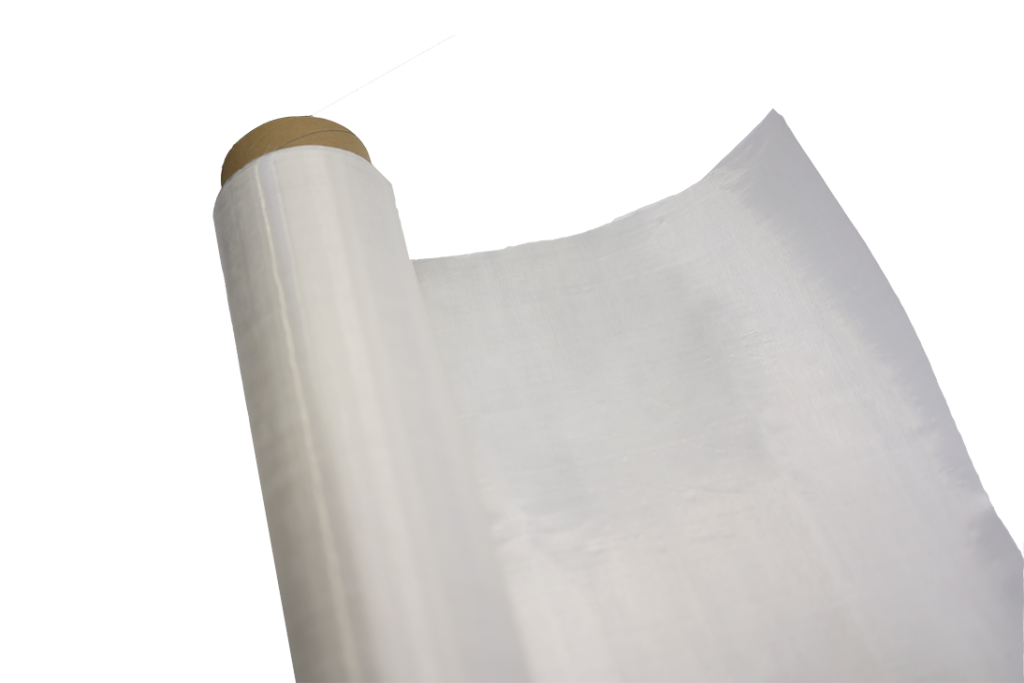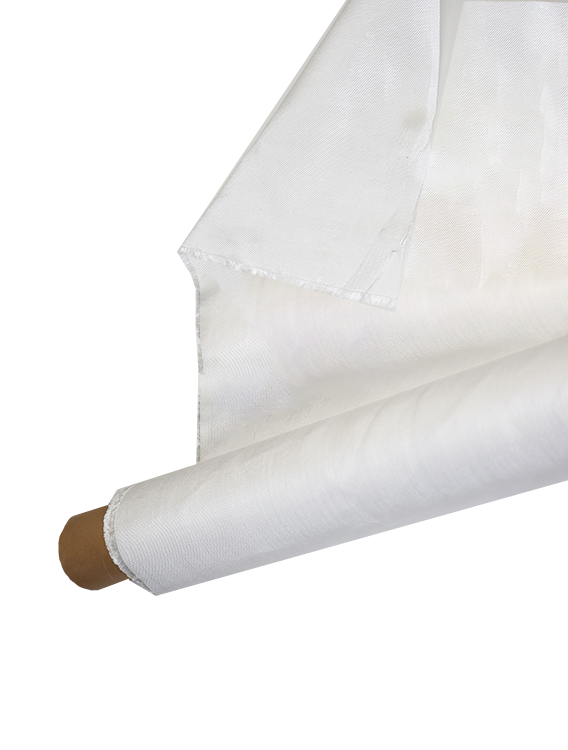Is carbon fiber 100% carbon?
-
 Your Composites Expert Carbon Fiber Materials&Products
Your Composites Expert Carbon Fiber Materials&Products -
-1.png?width=686&height=617) Your Composites Expert Aramid Fiber Materials&Products
Your Composites Expert Aramid Fiber Materials&Products -
 Your Composites Expert UHMWPE Materials&Products
Your Composites Expert UHMWPE Materials&Products -
 Your Composites Expert Fiberglass Materials&Products
Your Composites Expert Fiberglass Materials&Products -
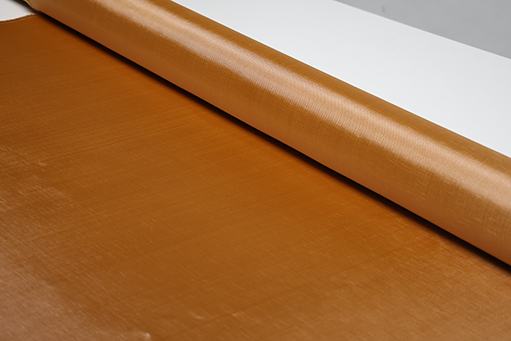 Your Composites ExpertPBO Materials&Products
Your Composites ExpertPBO Materials&Products -
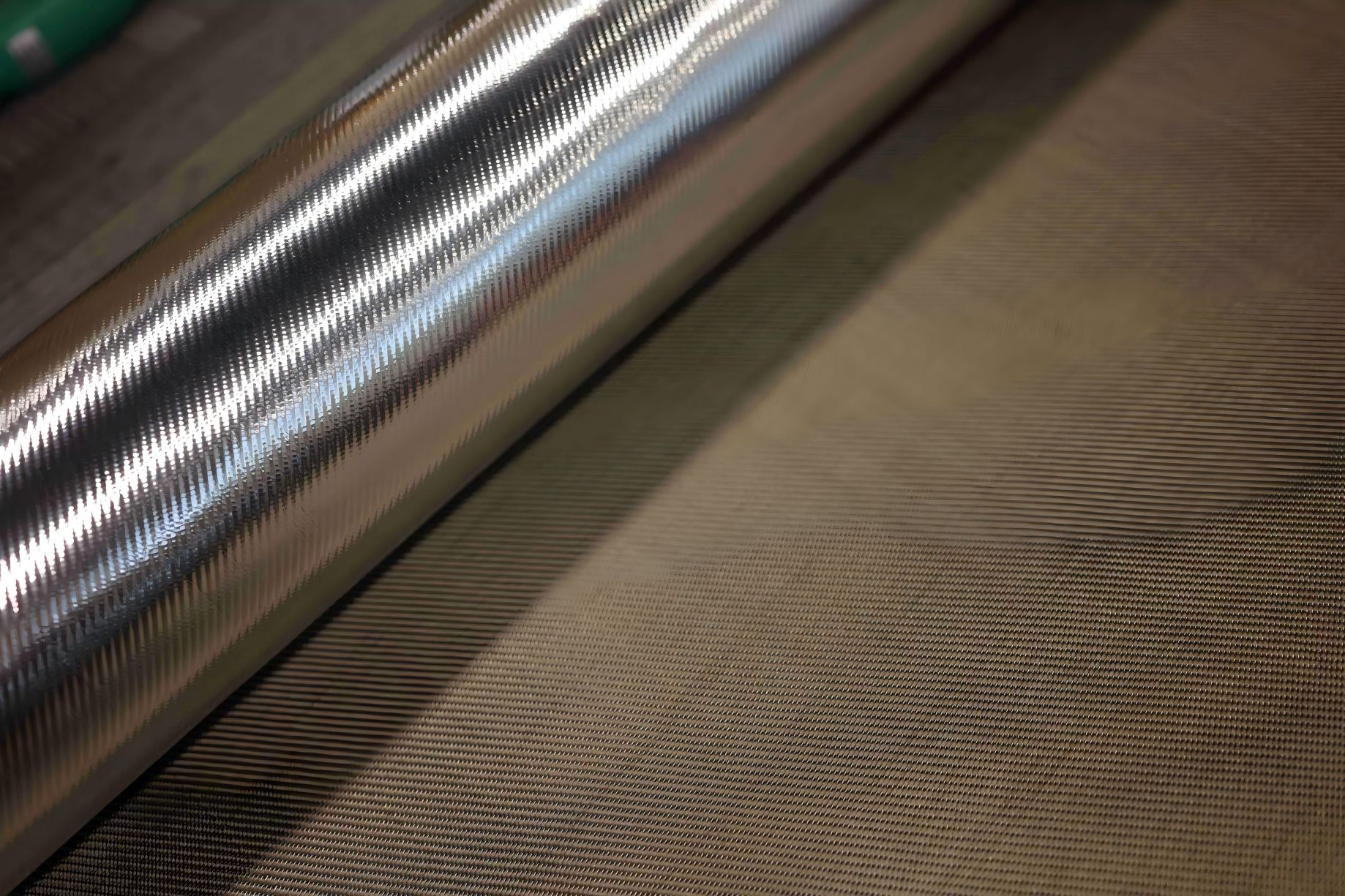 Your Composites Expert Basalt Materials&Products
Your Composites Expert Basalt Materials&Products
Carbon fiber is a renowned material known for its exceptional strength, low weight, and versatility. It finds applications in various industries, including aerospace, automotive, and sports equipment. But when we talk about carbon fiber's composition, is it truly made entirely of carbon?

Key Takeaways:
- Carbon fiber is a material acclaimed for its strength, lightness, and versatility.
- Understanding the composition of carbon fiber is crucial to determine its properties.
- The carbon content of carbon fiber is affected by factors like impurities or additives.
- Carbon fiber may contain non-carbon elements that contribute to its unique properties.
- Analyzing the advantages and disadvantages of carbon fiber's composition is essential when considering its applications.
What is Carbon Fiber?
Carbon fiber is a lightweight, high-performance material that is renowned for its exceptional strength and versatility. It is composed of thin strands, or fibers, made primarily of carbon atoms. These fibers are tightly woven or bonded together to form a solid structure, resulting in a material that is both incredibly strong and lightweight.
Carbon fiber is commonly used across a wide range of industries, including aerospace, automotive, sports equipment, and construction. Its unique properties make it ideal for applications where strength, durability, and weight reduction are crucial.
One of the key characteristics of carbon fiber is its excellent strength-to-weight ratio, which surpasses that of many traditional materials such as steel or aluminum. This makes carbon fiber an attractive choice in situations where minimizing weight is vital, such as in aircraft or high-performance sports cars. Furthermore, carbon fiber exhibits exceptional stiffness, allowing it to withstand high levels of stress without deformation.
"Carbon fiber is a game-changer in the world of materials, revolutionizing industries with its remarkable properties. Its lightweight nature coupled with its strength has opened up new possibilities for design and innovation."
- Industry Expert
Applications of Carbon Fiber
The versatility of carbon fiber has led to its widespread use in various applications. In the aerospace industry, carbon fiber composites are utilized for aircraft structures, reducing weight and increasing fuel efficiency. In the automotive sector, carbon fiber components enhance performance and fuel economy for high-end vehicles. Additionally, carbon fiber is commonly found in sports equipment, including bicycles, tennis rackets, and golf clubs, where its lightweight nature improves maneuverability and performance.
Another notable application of carbon fiber is in the construction industry, where it is used for reinforcing structures and increasing their load-bearing capacity. Carbon fiber-reinforced concrete, for example, offers enhanced durability, crack resistance, and corrosion protection.
Overall, carbon fiber's exceptional strength, lightweight nature, and durability make it a material of choice for numerous industries. As technological advancements continue, we can expect to see even greater utilization of carbon fiber in various areas, further pushing the boundaries of what is possible in design and engineering.
Carbon Fiber Manufacturing Process
Carbon fiber production involves several complex steps that transform raw materials into the lightweight and strong composite material known as carbon fiber. The process combines advanced technology and meticulous craftsmanship to create fibers that are used in various industries.
1. Precursor Selection
The first step in the carbon fiber manufacturing process is selecting a suitable precursor material. The precursor, usually a polyacrylonitrile (PAN) fiber or a pitch-based material, serves as the foundation for carbon fiber production. The choice of precursor material depends on the desired properties and the intended application of the carbon fiber.
2. Precursor Stabilization
After the precursor material is selected, it undergoes a stabilization process. During stabilization, the precursor fiber is heated in an oxygen-free environment at a controlled temperature. This process removes volatile compounds and modifies the precursor's molecular structure, making it less reactive and more suitable for carbonization.
3. Carbonization
Carbonization is a critical step in transforming the stabilized precursor into carbon fiber. The stabilized fibers are exposed to high temperatures, typically between 1000 to 3000 degrees Celsius, in a controlled environment with limited oxygen. This process causes the fibers to lose non-carbon elements, such as hydrogen and oxygen, and rearrange their carbon atoms into a highly ordered structure.
4. Surface Treatment
After carbonization, the carbon fibers undergo surface treatment to enhance their mechanical properties. Surface treatment involves applying a protective coating or sizing material to the fibers. This coating helps improve the adhesion between the carbon fibers and the matrix material in composite applications, ensuring better load transfer and overall performance.
5. Fiber Spooling
Once the carbon fibers are treated, they are spooled into large rolls or bobbins for easy handling and storage. The spooling process ensures that the individual carbon fibers remain organized and protected, ready for further processing or use in composite manufacturing.
6. Composite Manufacturing
The final step in carbon fiber production is incorporating the carbon fibers into composite materials. This involves combining the carbon fibers with a matrix material, such as epoxy resin, to create a composite structure with exceptional strength and light weight. The composite materials are then shaped, cured, and processed according to the specific requirements of the intended application.
Overall, the carbon fiber manufacturing process requires expertise, precision, and advanced technology to produce high-quality carbon fibers that deliver superior performance in a wide range of applications.
Carbon Fiber Composition
Carbon fiber is a lightweight and incredibly strong material that finds extensive use in various industries, including aerospace, automotive, and sporting goods. To understand the remarkable properties of carbon fiber, it's essential to explore its composition.
Carbon fiber is predominantly composed of carbon atoms bonded together in a crystalline structure. These carbon atoms are organized in long and thin filaments, often referred to as carbon fibers, that are extremely strong and stiff.
However, carbon fiber is not entirely made up of carbon alone. During the manufacturing process, other elements are introduced to enhance certain properties or facilitate production. These elements can include carbonaceous materials, such as precursors like polyacrylonitrile (PAN), pitch, or rayon, which are converted into carbon fiber through heat treatment and other processing techniques.
In addition to carbonaceous materials, carbon fiber may also contain small amounts of other non-carbon elements, depending on the specific manufacturing process and intended application. These elements can include nitrogen, oxygen, and hydrogen, which can be present as impurities or introduced intentionally to alter the performance characteristics of the carbon fiber.
By carefully controlling the composition of carbon fiber, manufacturers can achieve desired properties such as strength, flexibility, and conductivity. Different compositions and processing techniques result in a range of carbon fiber variants, each with unique characteristics and performance capabilities.
The composition of carbon fiber, while primarily carbon, can be tailored through the use of carbonaceous materials and other elements, allowing manufacturers to create carbon fibers with specific properties for different applications.
Understanding Carbon Fiber's Carbon Content
One of the key characteristics of carbon fiber is its high carbon content. Carbon fiber is primarily composed of carbon atoms, which are bonded together in a specific pattern to form a strong and lightweight material. However, the actual carbon content in carbon fiber may vary depending on various factors that influence the manufacturing process.
During the production of carbon fiber, several materials are used as precursors, such as polyacrylonitrile (PAN) or pitch. These precursors undergo a series of heat and chemical treatments, resulting in the elimination of non-carbon elements and the enrichment of carbon content in the fiber.
Impurities and additives can affect the carbon content in carbon fiber. Impurities that are not completely removed during the manufacturing process may introduce non-carbon elements into the final product. These impurities can include small amounts of hydrogen, oxygen, nitrogen, and sulfur. Additionally, certain additives or fillers, such as resins or metals, may be incorporated into carbon fiber composites to enhance specific properties.
It's important to note that while carbon fiber typically has a high carbon content, it is not always 100% carbon-based. The presence of impurities and additives can influence the overall carbon content. However, even with these factors, carbon fiber generally maintains a carbon content of around 90-95%.
"Carbon fiber is an incredibly versatile material with its unique combination of strength and lightness. The high carbon content contributes to its superior performance in various applications."
To provide a comprehensive understanding of the carbon content in carbon fiber and its implications, let's examine a breakdown of the primary elements commonly found in carbon fiber:
| Element | Percentage Composition in Carbon Fiber |
|---|---|
| Carbon | 90-95% |
| Hydrogen | 0-1% |
| Oxygen | 0-1% |
| Nitrogen | 0-0.5% |
| Sulfur | 0-0.2% |
| Impurities/Additives | 0-5% |
As shown in the table, carbon dominates the composition of carbon fiber, while other elements like hydrogen, oxygen, nitrogen, sulfur, and impurities/additives make up a smaller portion. These additional elements, even in minimal quantities, can influence the overall properties and behavior of carbon fiber.
In conclusion, carbon fiber's carbon content is a vital aspect of its composition. While not always 100% carbon-based, carbon fiber retains a high carbon content and offers exceptional strength-to-weight ratio. Understanding the carbon content helps in assessing the performance and suitability of carbon fiber for various applications.
Is Carbon Fiber 100% Carbon-Based?
In the previous section, we explored the composition of carbon fiber and discussed its carbon content. Now, let's delve further into the question of whether carbon fiber can truly be considered 100% carbon-based or if there are other materials present in its composition.
Carbon fiber is primarily composed of carbon atoms, arranged in a crystalline structure. This arrangement provides carbon fiber with its incredible strength-to-weight ratio and excellent mechanical properties. However, it is important to note that carbon fiber is not made entirely of carbon and may contain other elements.
The manufacturing process of carbon fiber involves the conversion of carbon-based materials, such as polyacrylonitrile (PAN) or petroleum pitch, into fibers through a variety of chemical and thermal treatments. These precursor materials undergo intense processing to remove impurities and align the carbon atoms, resulting in the formation of carbonized fibers.
During the conversion process, impurities present in the precursor material, such as oxygen, hydrogen, and nitrogen, are removed to a significant extent. However, traces of these non-carbon elements may still remain in the final carbon fiber composition.
"Carbon fiber composites generally contain non-carbon elements like oxygen, hydrogen, and nitrogen, albeit in small quantities. These elements can be remnants from the precursor material or introduced during the carbonization process." - Dr. Katherine Jones, Materials Science Expert
These non-carbon elements, although present in minimal amounts, can affect the properties of carbon fiber. For example, the oxygen content in carbon fiber can influence its oxidation resistance, while the nitrogen content can impact its electrical conductivity.
It is essential to acknowledge that carbon fiber is often used in combination with other materials, such as resins or metals, to create composite structures with enhanced performance characteristics. These composites utilize carbon fiber as a reinforcement material, lending its exceptional strength while incorporating other elements for specific functional requirements.
Non-Carbon Elements in Carbon Fiber Composition
To gain a deeper understanding of the non-carbon elements in carbon fiber composition, let's examine their typical content levels:
| Element | Typical Content Level |
|---|---|
| Oxygen | Less than 5% |
| Hydrogen | Less than 1% |
| Nitrogen | Less than 0.3% |
Although these non-carbon elements are present in carbon fiber, their concentrations are relatively low and do not significantly alter its carbon-based nature. The strong and lightweight properties that make carbon fiber desirable are primarily attributed to its carbon composition.
In conclusion, while carbon fiber does contain small amounts of non-carbon elements, it can still be considered predominantly carbon-based. The presence of these elements, although minimal, may have subtle effects on the material's properties. However, the exceptional strength, durability, and lightweight characteristics of carbon fiber are primarily derived from its carbon composition.
The Role of Non-Carbon Elements in Carbon Fiber
While carbon fiber is primarily composed of carbon, it may also contain non-carbon elements that play a vital role in its overall composition. These non-carbon elements can significantly influence the properties and performance of carbon fiber, making it a truly versatile material in various industries.
One common non-carbon element found in carbon fiber is hydrogen. Hydrogen atoms can bond with carbon atoms, enhancing the material's strength and stiffness. This hydrogen-carbon bond creates a stable structure, improving the overall durability of the carbon fiber.
Another non-carbon element that may be present in carbon fiber is nitrogen. Nitrogen impurities can impact the material's thermal properties, increasing its resistance to extreme temperatures. By modifying the composition with nitrogen, carbon fiber can be better suited for applications where high heat resistance is required.
Other trace elements such as oxygen, sulfur, and boron can also be found in carbon fiber. These elements may be introduced during the manufacturing process or as impurities. While they are present in small amounts, their presence can still affect the material's mechanical, thermal, or electrical properties.
It is important to note that the concentration of non-carbon elements in carbon fiber can vary depending on the manufacturing process and the intended application. Companies in the industry strive to produce carbon fiber with as high a carbon content as possible, while still considering the desired material characteristics.
For a better understanding of the role of non-carbon elements in carbon fiber, let's take a look at the table below, which showcases a comparison of the elemental composition in different carbon fiber grades:
| Fiber Grade | Carbon Content (%) | Hydrogen Content (%) | Nitrogen Content (%) | Oxygen Content (%) | Sulfur Content (%) | Boron Content (%) |
|---|---|---|---|---|---|---|
| Grade A | 90 | 0.5 | 0.2 | 7 | 0.1 | 0.2 |
| Grade B | 92 | 0.3 | 0.1 | 5 | 0.2 | 0.4 |
| Grade C | 95 | 0.2 | 0.05 | 3 | 0.3 | 0.6 |
As seen in the table, carbon fiber grades with higher carbon content generally have lower concentrations of non-carbon elements. However, the presence of these elements, even in small amounts, can still contribute to the unique characteristics of each fiber grade.
Understanding the role of non-carbon elements in carbon fiber is crucial for material engineers, manufacturers, and end-users. By carefully controlling the composition and optimizing the levels of non-carbon elements, the desired properties of carbon fiber can be tailored to meet specific application requirements.
Advantages and Disadvantages of Carbon Fiber's Composition
When it comes to carbon fiber, its unique composition offers several advantages and disadvantages that make it a popular choice in various industries. Let's delve into the pros and cons of carbon fiber's composition.
Advantages of Carbon Fiber
- Exceptional Strength: Carbon fiber is renowned for its high strength-to-weight ratio, making it stronger than many traditional materials.
- Lightweight: The lightweight nature of carbon fiber enables manufacturers to create lightweight products without compromising on strength or durability.
- Versatility: Carbon fiber can be shaped and molded into complex structures, offering endless design possibilities for industries such as aerospace, automotive, and sports equipment.
- Corrosion Resistance: Unlike metals, carbon fiber does not rust or corrode, making it ideal for applications where exposure to moisture or chemicals is a concern.
- Improved Fuel Efficiency: Due to its low weight, incorporating carbon fiber components in vehicles can lead to improved fuel efficiency and reduced emissions.
Disadvantages of Carbon Fiber
- High Cost: Carbon fiber production involves complex manufacturing processes, making it a costly material compared to traditional alternatives.
- Brittleness: While carbon fiber is incredibly strong, it can be brittle and susceptible to damage from impact or excessive bending.
- Environmental Impact: The production of carbon fiber involves the use of fossil fuels and energy-intensive processes, contributing to its carbon footprint.
- Complex Recycling: The recycling process for carbon fiber is challenging and expensive, resulting in limited options for repurposing or reusing end-of-life carbon fiber products.
"Carbon fiber's strength, lightweight properties, and versatility offer significant advantages in various industries. However, its high cost, brittleness, and environmental impact are important considerations to weigh."
By understanding both the advantages and disadvantages of carbon fiber's composition, manufacturers and consumers can make informed decisions regarding its suitability for different applications. The considerations of strength, weight, cost, and environmental impact will undoubtedly play a vital role in determining the feasibility and desirability of carbon fiber in specific products and industries.
| Advantages | Disadvantages |
|---|---|
| Exceptional Strength | High Cost |
| Lightweight | Brittleness |
| Versatility | Environmental Impact |
| Corrosion Resistance | Complex Recycling |
| Improved Fuel Efficiency |
Conclusion
After exploring the composition and manufacturing process of carbon fiber, it is evident that this material is not 100% carbon-based. While carbon fiber primarily consists of carbon atoms, it also contains non-carbon elements that play a crucial role in enhancing its properties.
Throughout this article, we have discussed how carbon fiber is made, its carbon content, and the presence of non-carbon elements. By analyzing these factors, we can confidently conclude that carbon fiber is a composite material, combining carbon with other elements to achieve its remarkable strength, lightness, and durability.
In review, carbon fiber offers numerous advantages in various industries due to its unique composition. Its high strength-to-weight ratio and excellent resistance to fatigue make it an ideal choice for applications such as aerospace, automotive, and sporting goods. However, it is important to consider the cost and environmental impact associated with carbon fiber production, as these factors can limit its widespread adoption.
In final thoughts, understanding the composition of carbon fiber provides valuable insights into its performance and potential limitations. While not purely composed of carbon, carbon fiber's ability to leverage the strengths of various elements enables it to deliver exceptional mechanical properties. As research and technology continue to advance, the future of carbon fiber holds the promise of further innovation and continued development.
FAQ
Is carbon fiber 100% carbon?
No, carbon fiber is not made entirely of carbon. Although it predominantly consists of carbon, there are other elements present in its composition.
What is carbon fiber?
Carbon fiber is a lightweight, high-strength material that is composed of carbon atoms bonded together in a crystal lattice pattern. It is widely used in various industries for its exceptional properties.
What is the manufacturing process of carbon fiber?
The manufacturing process of carbon fiber involves several steps. It typically starts with the oxidation and carbonization of a precursor material, followed by stabilization and carbonization in a controlled environment.
What is the composition of carbon fiber?
Carbon fiber primarily consists of carbon atoms, but it may also contain other elements such as hydrogen, oxygen, nitrogen, and trace amounts of impurities. These additional elements can influence the material's properties.
How much carbon is present in carbon fiber?
The carbon content in carbon fiber can vary, but it is typically around 90-95%. The exact percentage depends on factors like the manufacturing process and any additional elements or impurities present.
Is carbon fiber considered 100% carbon-based?
While carbon fiber is predominantly carbon-based, it is not entirely made up of carbon. The presence of other elements in its composition means that it is not strictly 100% carbon-based.
What is the role of non-carbon elements in carbon fiber?
Non-carbon elements in carbon fiber can serve various purposes. For example, they may enhance specific properties, improve bonding, or help stabilize the material during the manufacturing process.
What are the advantages and disadvantages of carbon fiber's composition?
The composition of carbon fiber offers numerous advantages, including high strength-to-weight ratio, corrosion resistance, and excellent fatigue properties. However, it also has some drawbacks, such as high cost and difficulty in recycling.
What is the conclusion regarding carbon fiber's composition?
In conclusion, carbon fiber is not exclusively carbon-based, as it contains other elements in its composition. While it is predominantly carbon, the presence of additional elements can affect its properties and performance.


